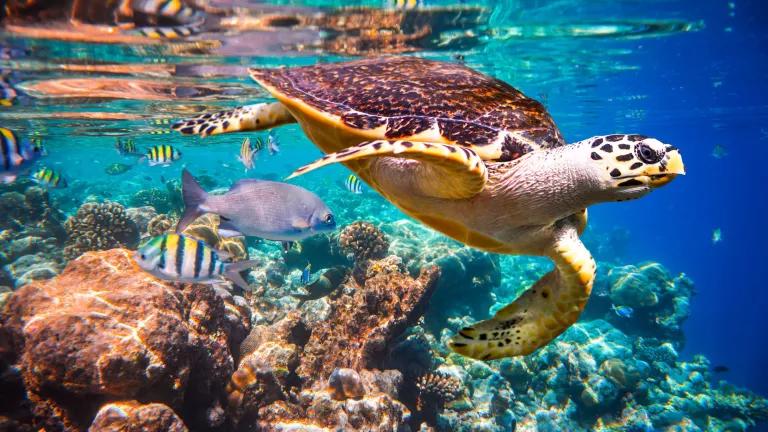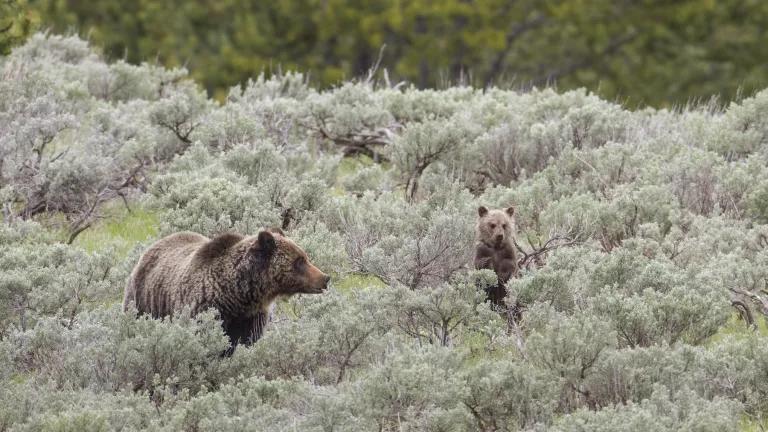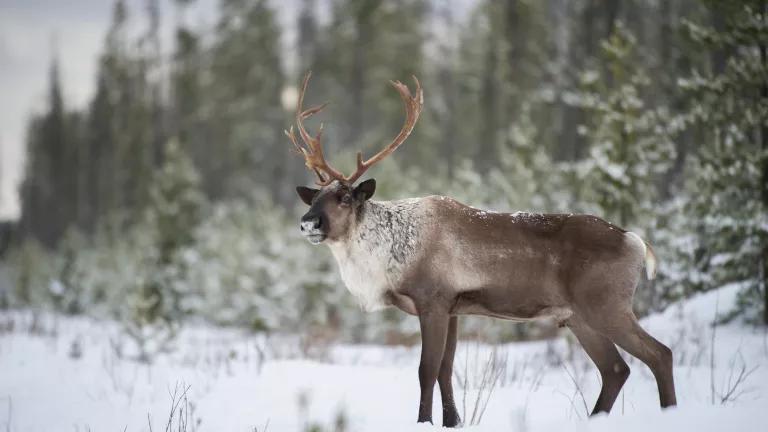
(C) Shutterstock.com
With the International Union for Conservation of Nature (IUCN) World Conservation Congress (WCC) taking place in just a few months, World Wildlife Day (the theme: “2020: the biodiversity superyear”) seems like an appropriate day to ask whether the IUCN will rise to the occasion of the biodiversity crisis.
As you’ve probably heard, a UN report predicted that one million species stand to become extinct absent “transformative change,” and that humans will suffer greatly from the cascading ecosystem effects of such extinctions, including on our water, air, and soil. The direct exploitation of wildlife was identified as a leading driver of biodiversity loss in the report.
Clearly, international policy mechanisms for biodiversity protection and influential international bodies like IUCN must rise to the occasion if we hope to sustain life on earth. Strangely though, at this dire time in our Earth’s history, parts of the IUCN seem to be going in the exact opposite direction: valuing interests of trophy hunters and those who prize wildlife only for utilitarian and exploitive purposes above all other stakeholders.
This is troublesome, since IUCN does serve a critical purpose. It’s widely recognized as a global leader on species conservation and its Red List of Threatened Species is the world’s most comprehensive account of which species are most at risk of extinction. It is relied upon heavily by everyone from governments to conservationists (including myself!).
But certain IUCN bodies and positions are increasingly turning away from science—instead incorporating pro-trade, pro-use policies into its decisions as its ranks include an increasing number of trophy hunters and investigative studies find evidence that its influenced by the trophy hunting and fashion industries.
There are a multitude of ways that IUCN can influence conservation in a negative way. The IUCN Species Survival Commission (SSC) often advises parties to the Convention on International Trade in Endangered Species of Wild Fauna and Flora (CITES) to reject enhanced species protections, regardless of science. For example, at the last two CITES Conferences of the Parties in 2016 and 2019, IUCN recommended CITES parties reject increased protections for pangolins, tropical Asia otters, giraffes, and other species (all of which were ultimately adopted by the Parties) despite support for increased protection from most IUCN species “specialist groups.” And, IUCN can prevent species specialist groups from even being created if they might interfere with industry interests.
IUCN can even interfere with Red List designations, which are supposed to be based on science, not special interests. One individual who holds a prestigious role within IUCN while also working for the pro-trophy hunting group Conservation Force lobbied IUCN to lower African elephants’ Red List status from “endangered” to “vulnerable.” IUCN has rejected NGOs from becoming members for being too focused on animal welfare (and yet accepted many that utilize species for things like leather, for example). IUCN even disavowed a policy document that it commissioned because it concluded trophy hunting was incompatible with conservation, as described in this excellent (and damning) Buzzfeed investigation.
And then, of course, there’s the World Conservation Congress, which the IUCN holds every three years and will next convene this June in Marseilles, France. While decisions of the WCC hold international import as they express the IUCN’s positions on conservation matters, they are heavily influenced by those who serve formal roles within IUCN many of whom seem to support increased exploitation of wildlife.
For this year’s Congress, the IUCN Motions Working Group only accepted 112 of the 222 motions (approx. 50%) submitted by IUCN members for consideration. And during the subsequent appeals process, they only accepted 8 of the 43 motions that were appealed—an abysmal 18%. Several motions NRDC sponsored or cosponsored were rejected, including one that would have provided some oversight into IUCN SSC recommendations at CITES (the problems of which I’ve described above). In fact, I don’t believe the IUCN accepted a single motion to enhance its own governance and transparency.
IUCN wrote a letter to its members—who, as a whole, have been dismayed and disturbed by the process—explaining that motions were typically rejected for several reasons, including that “they did not contain technically sound and coherent arguments” or “were not precise in what they aimed to achieve.” However, these reasons leave ample room for subjective interpretation and mischief. Indeed, the motions NRDC supported that were rejected were the product of months of work and certainly did not fail to meet these requirements. Much more likely: the IUCN committee reviewing motions just didn’t like them.
During the online discussion process of the motions that were accepted—which concluded last week—those who serve roles within the IUCN submitted many edits that made the motions weaker/less protective of biodiversity. IUCN comment moderators have sole discretion to decide which comments to accept and reject. Now, we await the final versions of these motions so online voting can begin. But one thing is for sure—many of them have been made less protective by those within the IUCN itself.
As my colleague writes today, “[t]his year’s World Wildlife Day, with the theme of Sustaining All Life on Earth, heralds a year where we must commit to transformative change to stop what will otherwise be a devastating crash in our natural systems.” As part of this transformative change, the international bodies responsible for species conservation must decide to be a force for conservation—not exploitation. But IUCN seems to be equivocating, despite overwhelming evidence that mass species extinctions could affect humans just as profoundly—and even sooner—than climate change. That’s not transformative. And we don’t have time for it.




